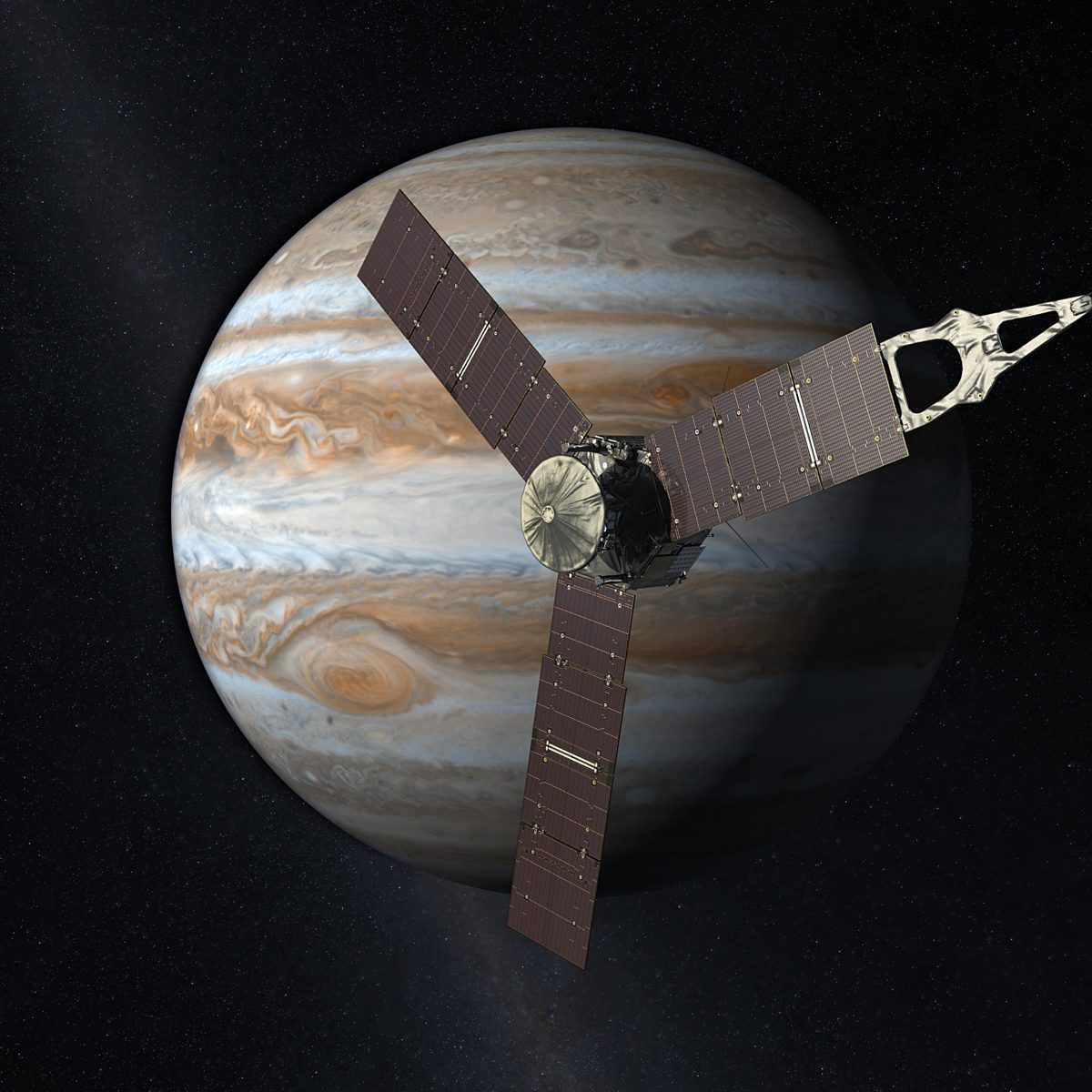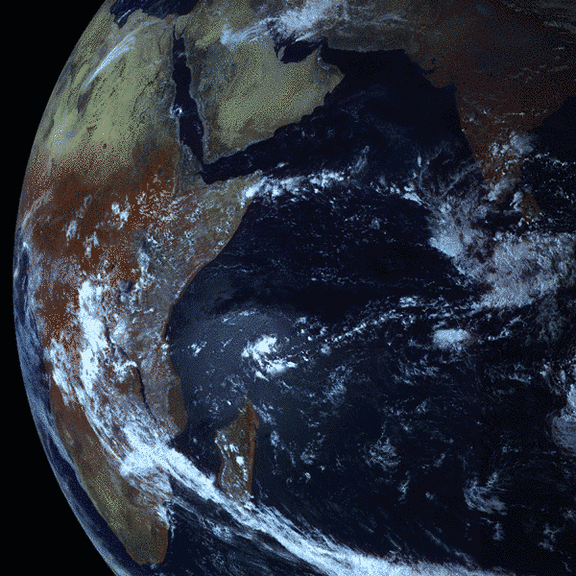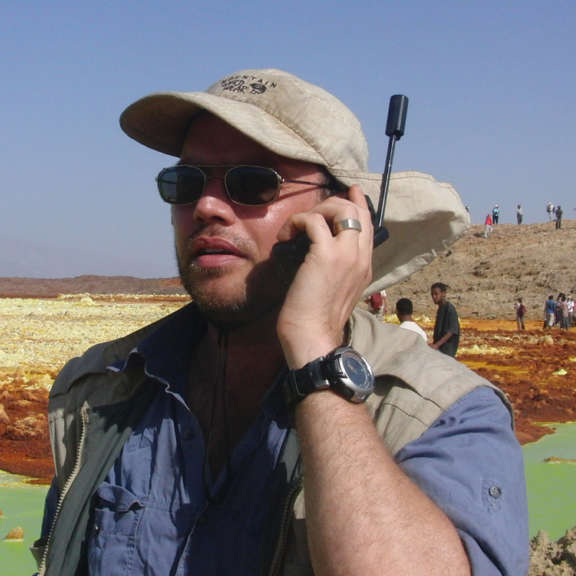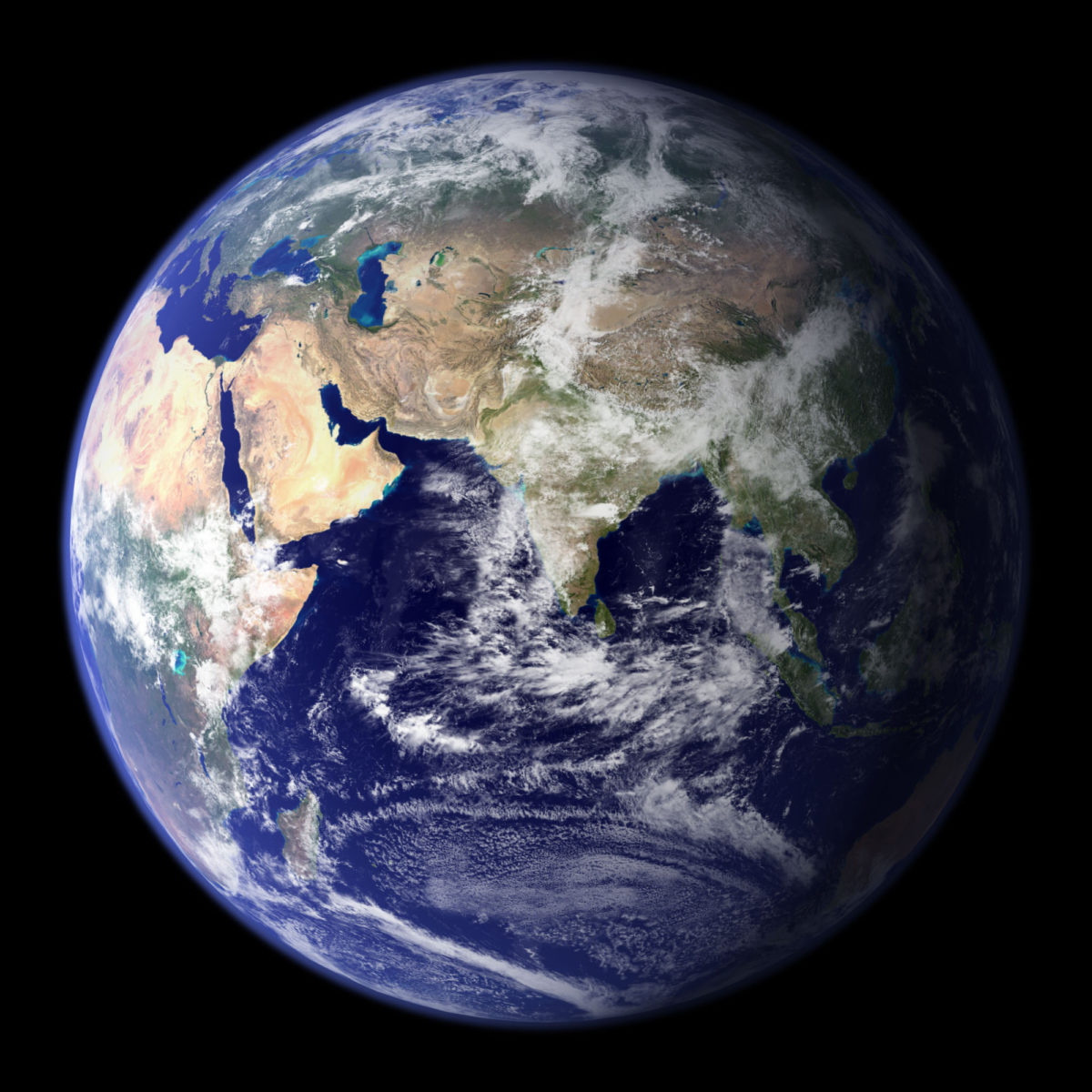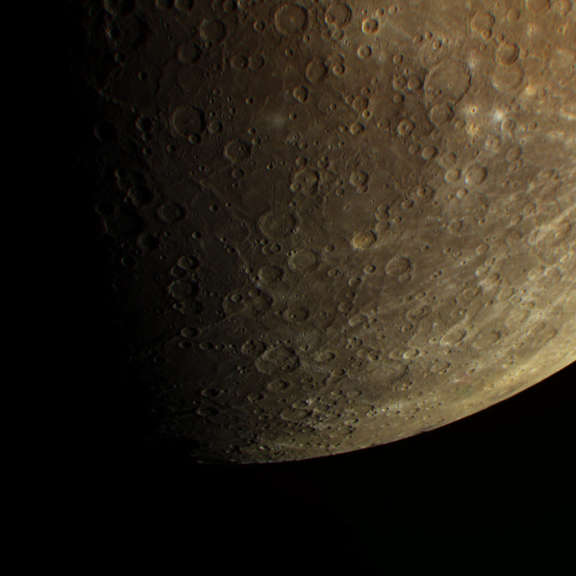All
All
Stories, updates, insights, and original analysis from The Planetary Society.
Conversations with an interplanetary spacecraft: "Hi, Juno!"
Juno's Earth flyby represented the first opportunity for many of the science instruments to be used on a planetary target. There were terrific photos of Earth and the Moon, plus a cool project to see if Juno could detect intelligent life on Earth.
First image from India's Mars Orbiter Mission
Here, for your enjoyment, is the first image of Earth taken by the mission's Mars Colour Camera.
Science Against the Storm
In the face of disaster, the search for answers and ways to help continues, on the ground and in space.
The solar eclipse in Africa seen from space
On Sunday, the shadow of the Moon passed across Africa and the Atlantic Ocean. This was the last solar eclipse of the year. The Elektro-L satellite was able to observe the eclipse, and we can see the darkness of the lunar shadow covering Africa.
Juno is in Safe Mode again, but still okay
After entering safe mode last week during its Earth flyby, Juno returned to normal operations and downlinked all engineering and science instrument data. It entered safe mode again on Sunday night, but it is expected to re-resume normal operations late next week.
Juno Flies By Earth Today
NASA's Juno spacecraft gets a gravity assist from the Earth on its way to Jupiter today. Learn all about today's close approach.
Juno's flying by Earth today, and images of the Moon are already on the ground!
Juno flies past Earth for a gravity assist at 19:22 UTC today, and the first images from the encounter are already on the ground and processed by amateurs!
On space kindness and the Chelyabinsk meteor
Through an act of kindness, we now have images of the Chelyabinsk meteor trail from Russia's Elektro-L satellite.
Relative and absolute ages in the histories of Earth and the Moon: The Geologic Time Scale
A few days ago, I wrote a post about the basins of the Moon -- a result of a trip down a rabbit hole of book research. Here's the next step in that journey: the Geologic Time Scales of Earth and the Moon.
Caution: Spacecraft Under Construction
Join Emily Lakdawalla and Mat Kaplan inside JPL's High Bay 1, where two Earth-revealing missions are being readied for launch.
Beautiful science by Elektro-L
Six months ago, I wrote about the Russian weather satellite Elektro-L, which has more than two years of successful experience in the geostationary orbit. Then I promised that I would be here to share the materials that we collected. I think it's time to deliver on the promise.
Pretty picture: Looking backward
Here it is: the view from Saturn of our Earthly home, one and a half billion kilometers away. We see Earth and the Moon through a thin veil of faintly blue ice crystals, the outskirts of Saturn's E ring. Earth is just a bright dot -- a bit brighter than the other stars in the image, but no brighter than any planet (like Saturn!) in our own sky.
Earth and Moon from MESSENGER
A new picture of the Earth-Moon system from MESSENGER, taken the same day we were told to
Return of the Pale Blue Dot
You can be part of a planetwide group photo as Cassini and MESSENGER turn their cameras Earthward on July 19.
Dunes on Tatooine
The fictional world Tatooine, scene of action in the Star Wars movies, is named after a town in Tunisia, where parts of the movies were filmed. The desert backdrops against which the movies were filmed are real terrestrial landscapes, which prove to be perhaps unexpectedly dynamic.
A rare clear day in Alaska
NASA recently shared a gloriously detailed image of an unusual clear day in Alaska as seen from the Terra satellite.
Stationkeeping in Mars orbit
It had never occurred to me to think about geostationary satellites in Mars orbit before reading a new paper by Juan Silva and Pilar Romero. The paper shows that it takes a lot more work to maintain a stationary orbit at an arbitrary longitude at Mars than it does at Earth.
One Ocean World Among Many
I'm absolutely floored when I stop to think that our beautiful blue ocean is only one of perhaps a half dozen or more oceans on other worlds in our solar system, and only one of probably millions (or more) oceans on other Earth-like planets in our galaxy. Oceans abound!
No Place Like Home
Mars and Earth share a truly striking family resemblance, but there's no mistaking which one is home.
Messages of Wonder
Some lovely, rarely-seen images from the MESSENGER mission.


 Explore Worlds
Explore Worlds Find Life
Find Life Defend Earth
Defend Earth


 Sun
Sun Mercury
Mercury Venus
Venus Earth
Earth Mars
Mars Jupiter
Jupiter Saturn
Saturn Uranus
Uranus Neptune
Neptune Small Bodies
Small Bodies